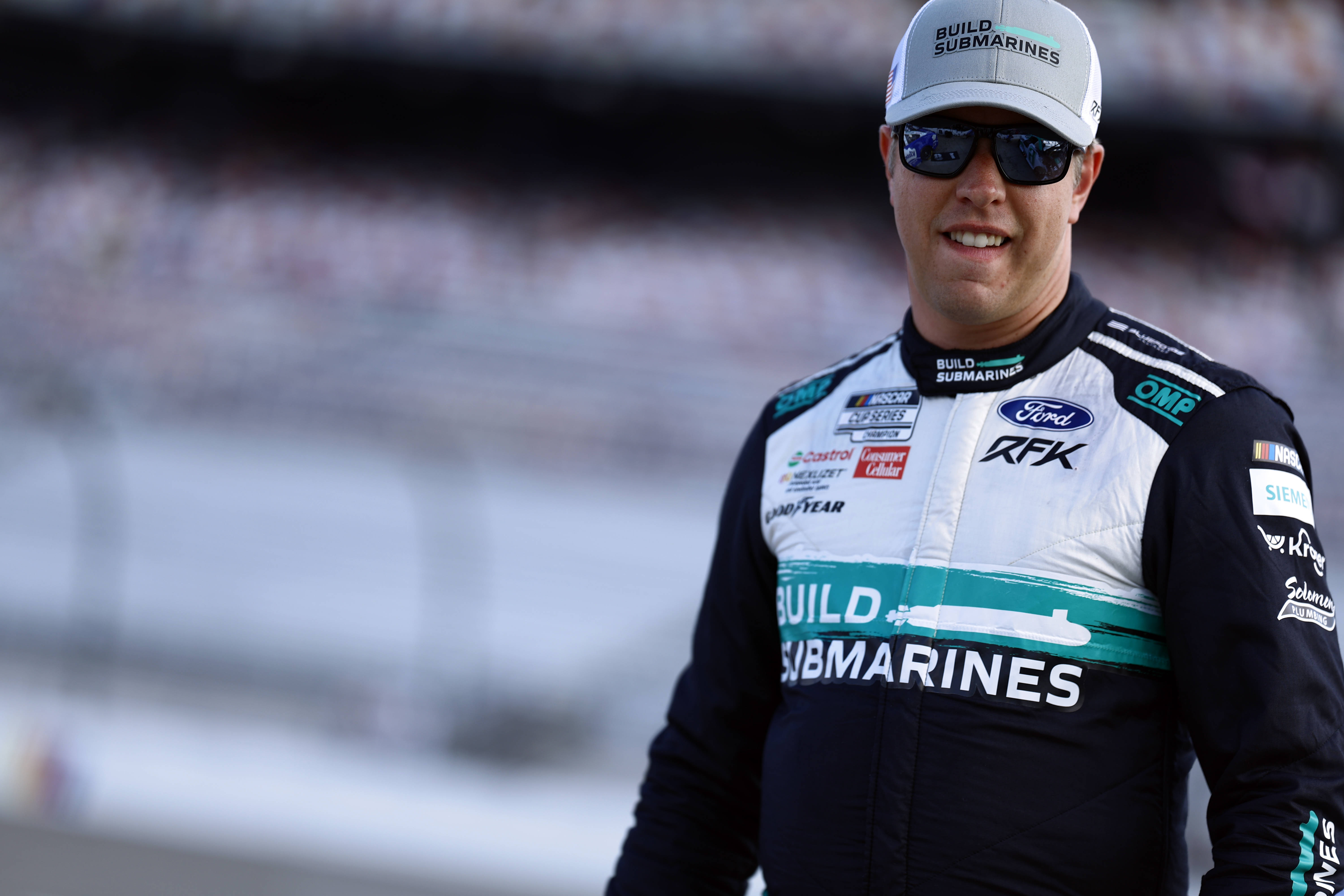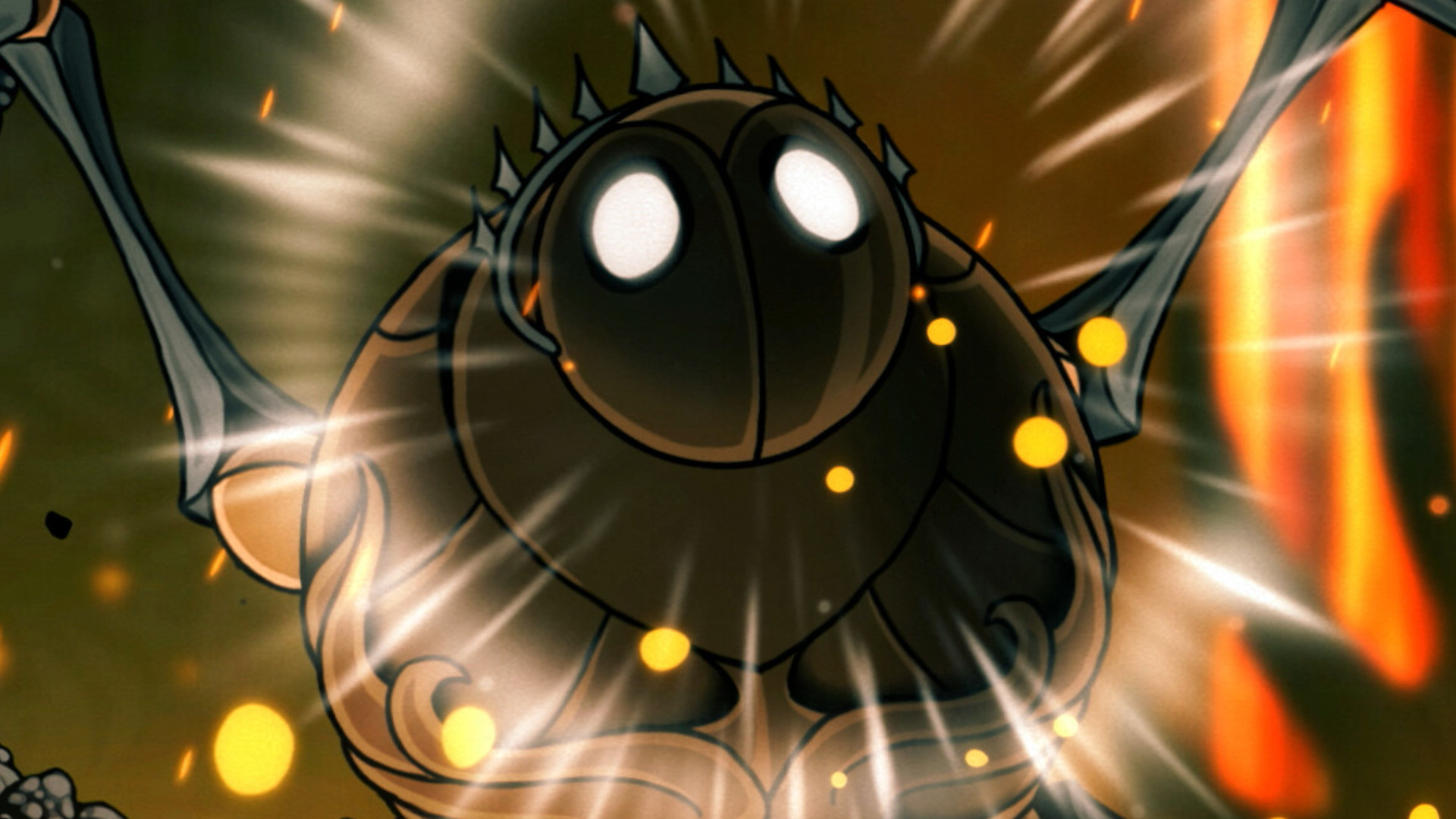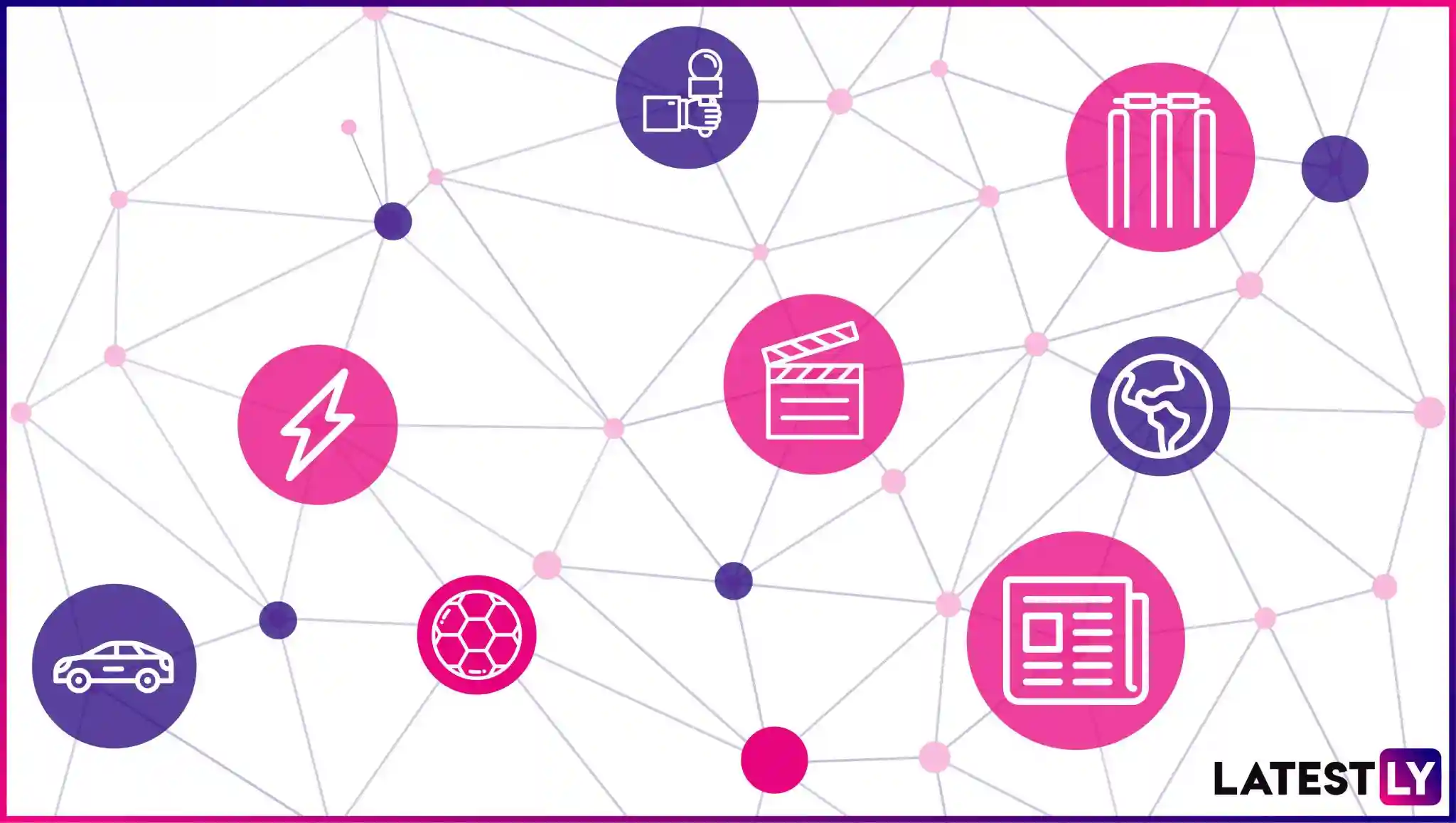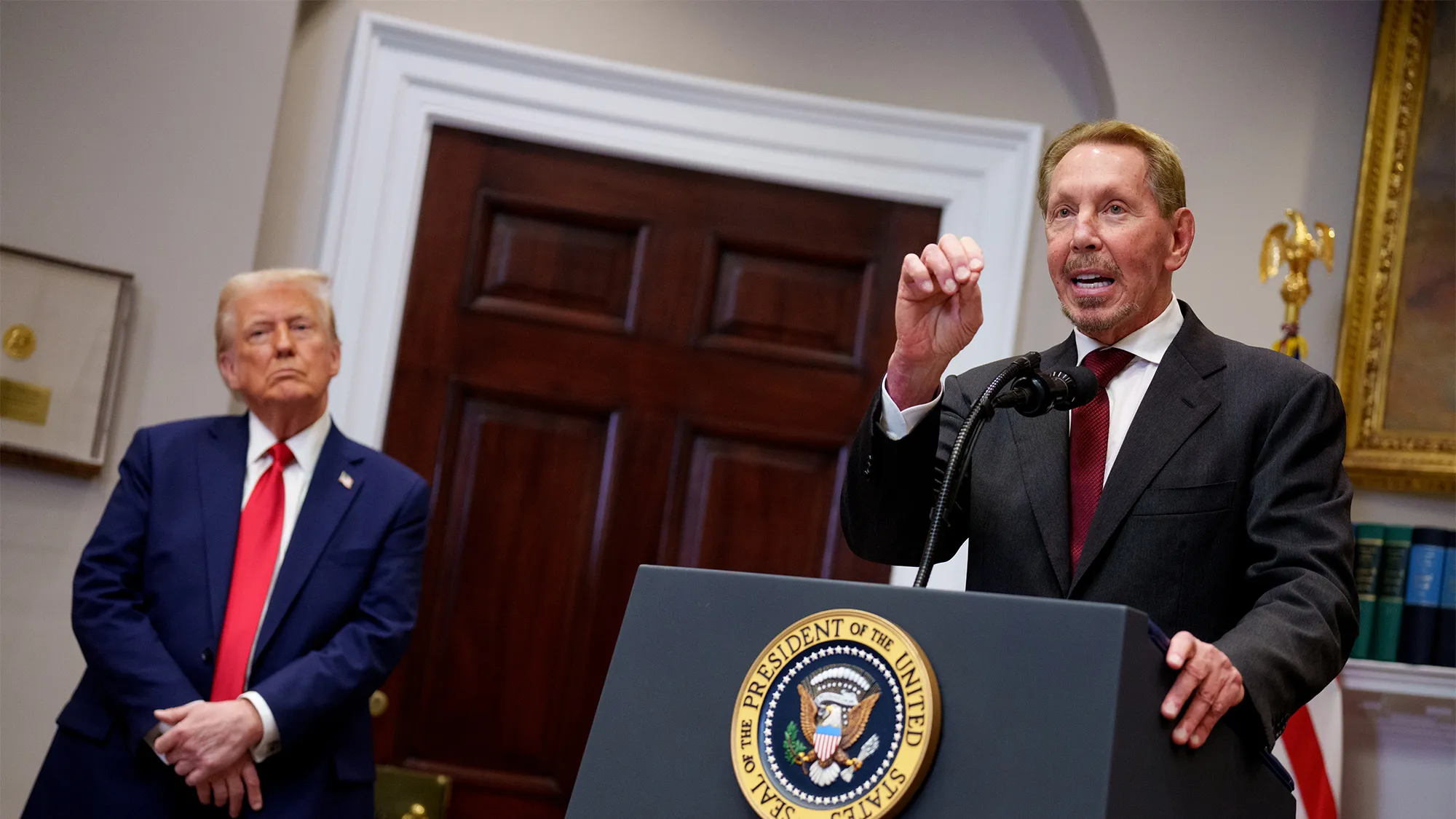
Since the Next Gen car arrived in 2022, engine power has been dialed down to 670 horsepower to improve safety and cut costs. This number’s down from 2014, when NASCAR saw the peak in hp numbers as high as 900. Many drivers and fans have been opposed, saying that the cars feel underwhelming on the track. Short tracks, in particular, have exposed the limits of the current package. But if Brad Keselowski’s comments are true, all this could soon change.
Drivers, in particular, have not held back on their frustrations over the years, and Keselowski himself has been one of the more vocal critics. He’s called the current package tricky to drive, saying it forces drivers to “push it to the edge just to stay competitive.”
Teams across the Cup Series have echoed similar concerns, painting a picture of cars that are safe but lacking the excitement fans expect. NASCAR officials have acknowledged these issues, hinting that adjustments could be coming. Commentator Mike Bagley wrote on his X, “NASCAR SVP of Competition Elton Sawyer just said on #TMDNASCAR… increasing the horsepower on Cup cars is on the table and is being discussed daily.”
And now, on the latest episode of the “Stacking Pennies” podcast with Corey LaJoie, Keselowski confirmed that NASCAR is planning a major horsepower update for 2026, when he said, “I am definitely Team Horsepower… It looks like NASCAR is going to change the rules next year to where we’re like 740-750.”
That’s a serious boost from today’s 670 spec. NASCAR’s Senior Vice President of Competition, Elton Sawyer, addressed this directly. He said the goal is to give drivers more power on short tracks and make races more dynamic. The idea here would be to address the feedback crews have been giving for years. The announcement surely adds a new layer of excitement for everyone involved. After a long hiatus, the sport could feel more unpredictable and competitive.
The implications are already sparking debate. More horsepower could mean bigger opportunities for passing, and a renewed focus on driver skill and strategy. Teams will likely have to invest in engine upgrades and testing, which could stretch budgets. But in the bigger picture, many see it as a necessary move to bring back some of the raw thrill.
This nostalgic feel could also reel in a newer fanbase as a result. Reddit and other forums have been ablaze with reactions, as fans debate the possibilities and what it could mean for racing in the coming years. Some were excited, some cautious, but all equally stunned by the news.
Read Top Stories First From EssentiallySports
Click here and check box next to EssentiallySports
Fans discuss how the horsepower rumor would impact races
The news of a potential horsepower jump in 2026 has NASCAR fans buzzing online. Fans are thinking about how any update could affect the balance between the top teams and the rest of the field, knowing that rule changes often benefit the teams that adapt the fastest, making it harder for mid-pack teams to compete.
One posted, “Even if it doesn’t change the racing one bit, the rules package has undergone very few changes since the NextGen car arrived. Making changes like this should maintain the parity that currently exists. Too few changes and it gets harder for mid-pack teams to hit on something Hendrick, Gibbs, or Penske haven’t found yet.” This highlighted a common concern. While power upgrades are exciting, they need to be implemented carefully to preserve competition for every team.
Many fans even compared today’s pace of change to how NASCAR handled the Car of Tomorrow (COT), showing a proactive approach to tuning the series. One fan said, “The lack of changes is so weird considering many in charge were around for the COT days and that car got updated yearly until it raced good.” The comment pointed out that the slower adjustment cycle for the Next Gen car is unusual. This left fans eager to see if NASCAR will take a similar iterative approach or a bolder step with the horsepower increase.
Some fans understood that the current pace is influenced by structural changes in the sport. With the charter system, teams gained stability and predictability. This meant NASCAR stopped making constant mid-week tweaks to the cars. As one fan noted, “The teams told NASCAR to quit making tweaks to the car constantly when the charter system came out and that’s why we no longer see mid-week changes and packages only be changed every year/every 2 years.”
This shows that fans are aware that the slower pace of updates is intentional, not neglect, and that major changes like a horsepower boost are relatively rare and impactful.
Other fans remain wary about when NASCAR decides to make big changes. History has shown that even when a car is performing well, it can be replaced or overhauled. This makes timing a key concern for the fanbase. One tweeted, “And then, as soon as they got the COT racing really well, they replaced it.” This comment reflected that fans are cautious. They welcome updates that could improve racing, but they know even well-intentioned changes can have unintended consequences.
Finally, some fans are looking at the financial side of things. Updates to cars are not just about speed. They come with costs that affect teams and the organization, which fans track closely. One comment read, “Every change takes money out of the pockets of the France family.” This shows that fans are aware of the economic implications behind NASCAR’s decisions, understanding that even a performance boost can ripple through budgets and influence how teams approach the season.
These reactions show a fanbase that’s thoughtful, engaged, and tuned into both the competitive and business sides of NASCAR. While the horsepower talk has sparked excitement, it’s clear fans are weighing the risks, the benefits, and the bigger picture of what this change could mean for the sport.



